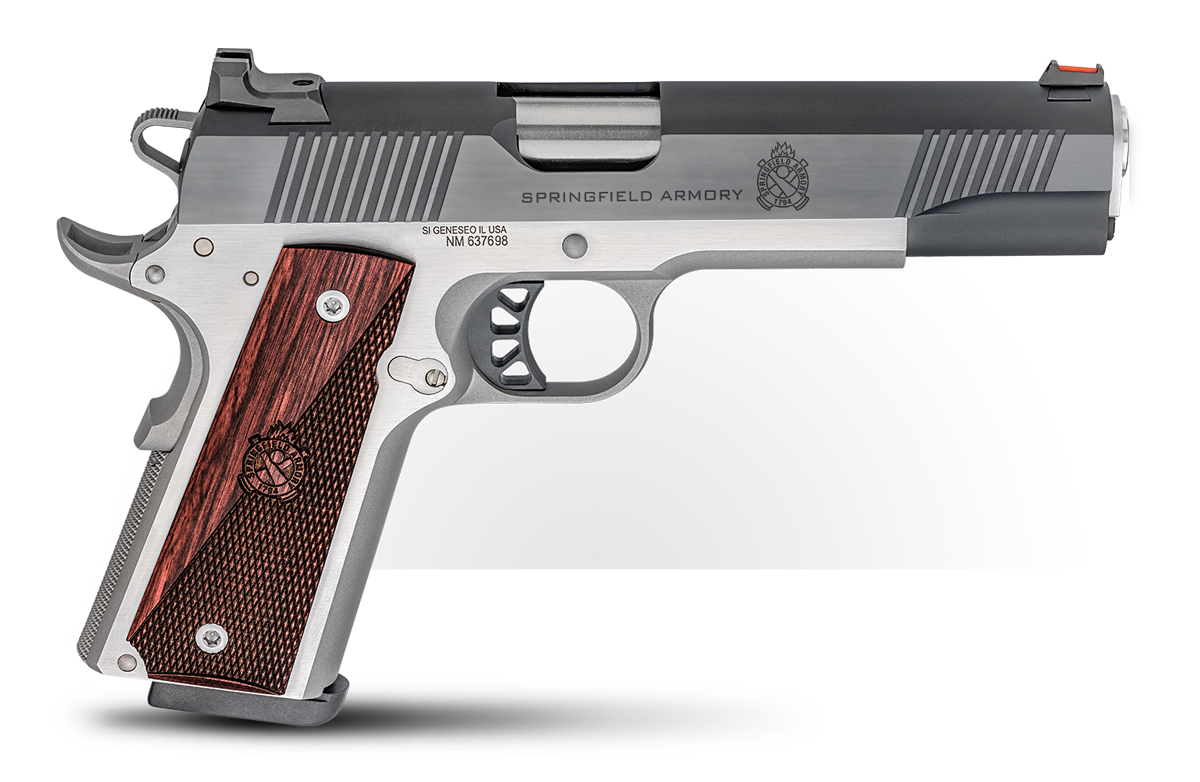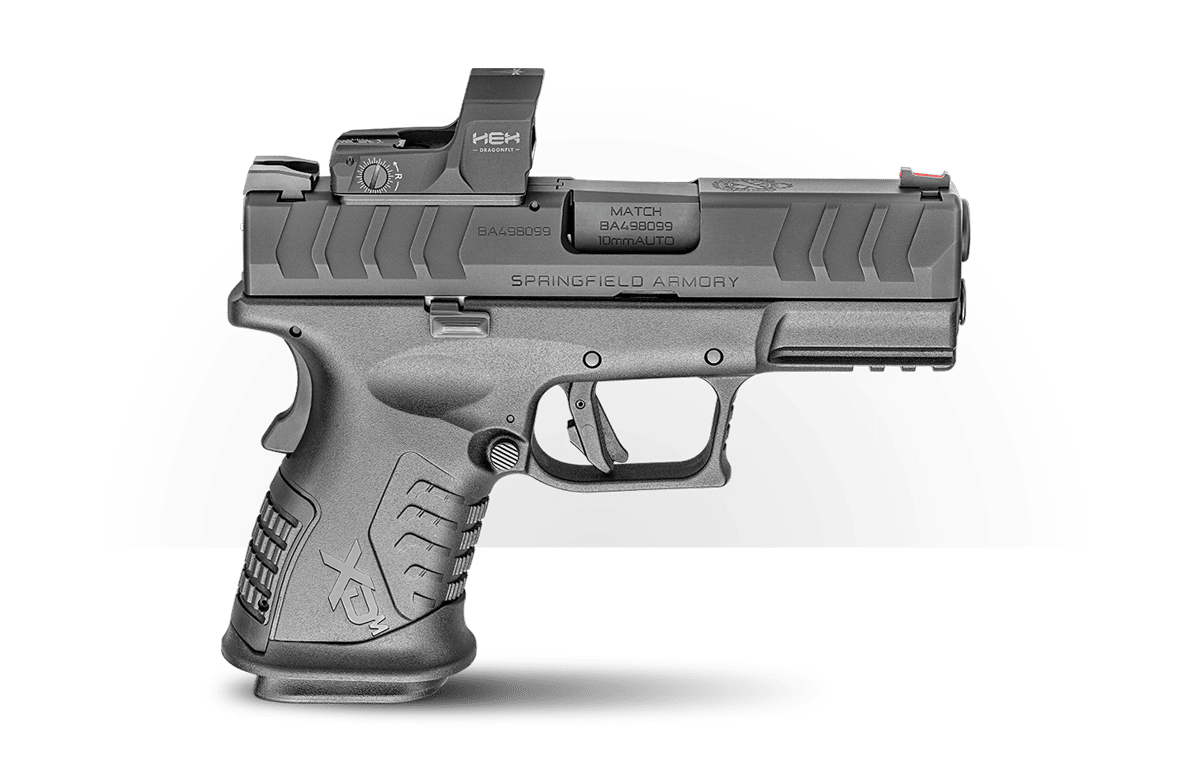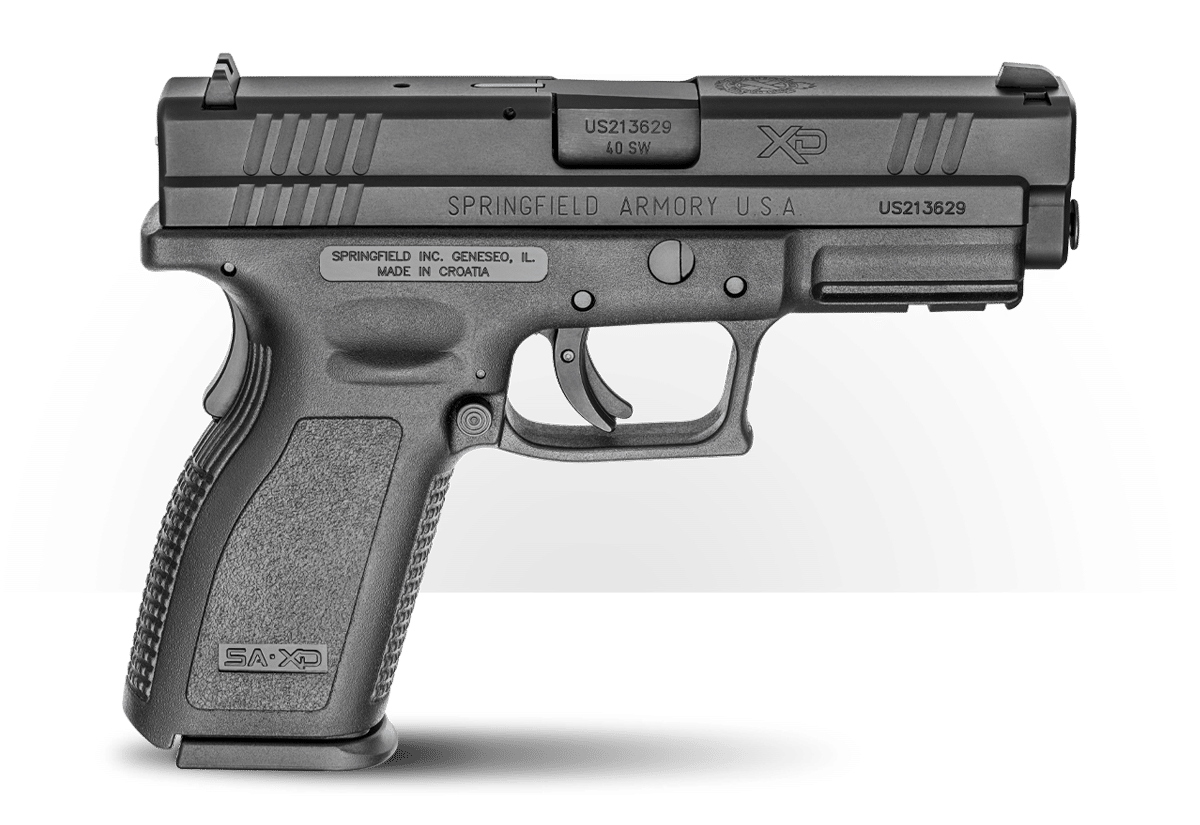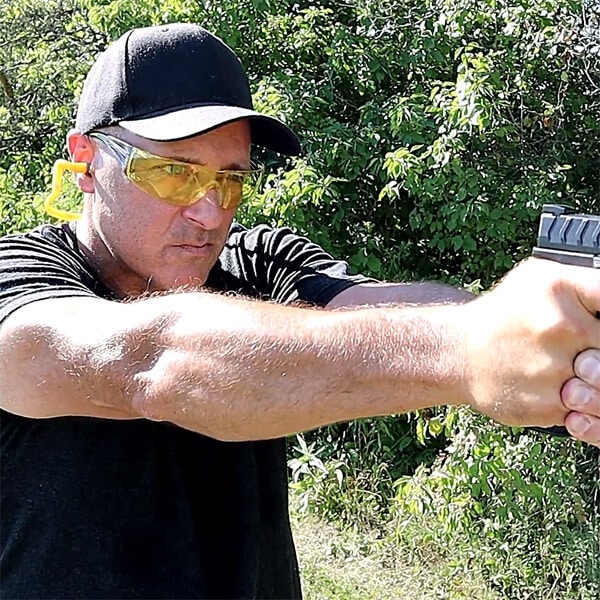When it comes to handgun stopping power, things have changed a great deal over the past several decades. While cartridge choice, projectile type, velocity and more have changed much over the years, the basic dynamics have remained the same. Ideally, you want to carry as powerful a defensive handgun as you can, but one that you can manage under recoil.
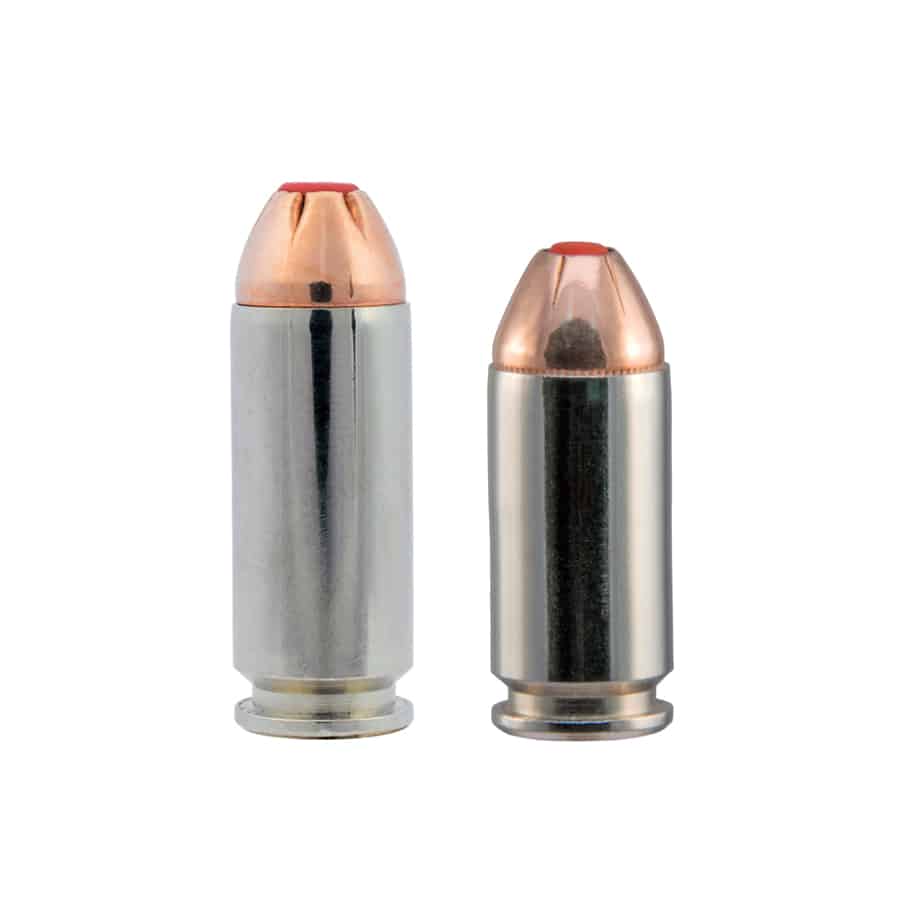
As part of this, the 10mm versus .40 debate has raged on for years. Shooters who prefer the 10mm round enjoy the power and punch back the 10mm delivers. Fans of the .40 will say the bullet equals the same diameter, but it is easier to control.
As this debate will continue on, we can agree that over time the .40 seems to have won out in popularity and commonality (although the ever-present 9mm unseated the .40 as the most popular defensive round several years back).
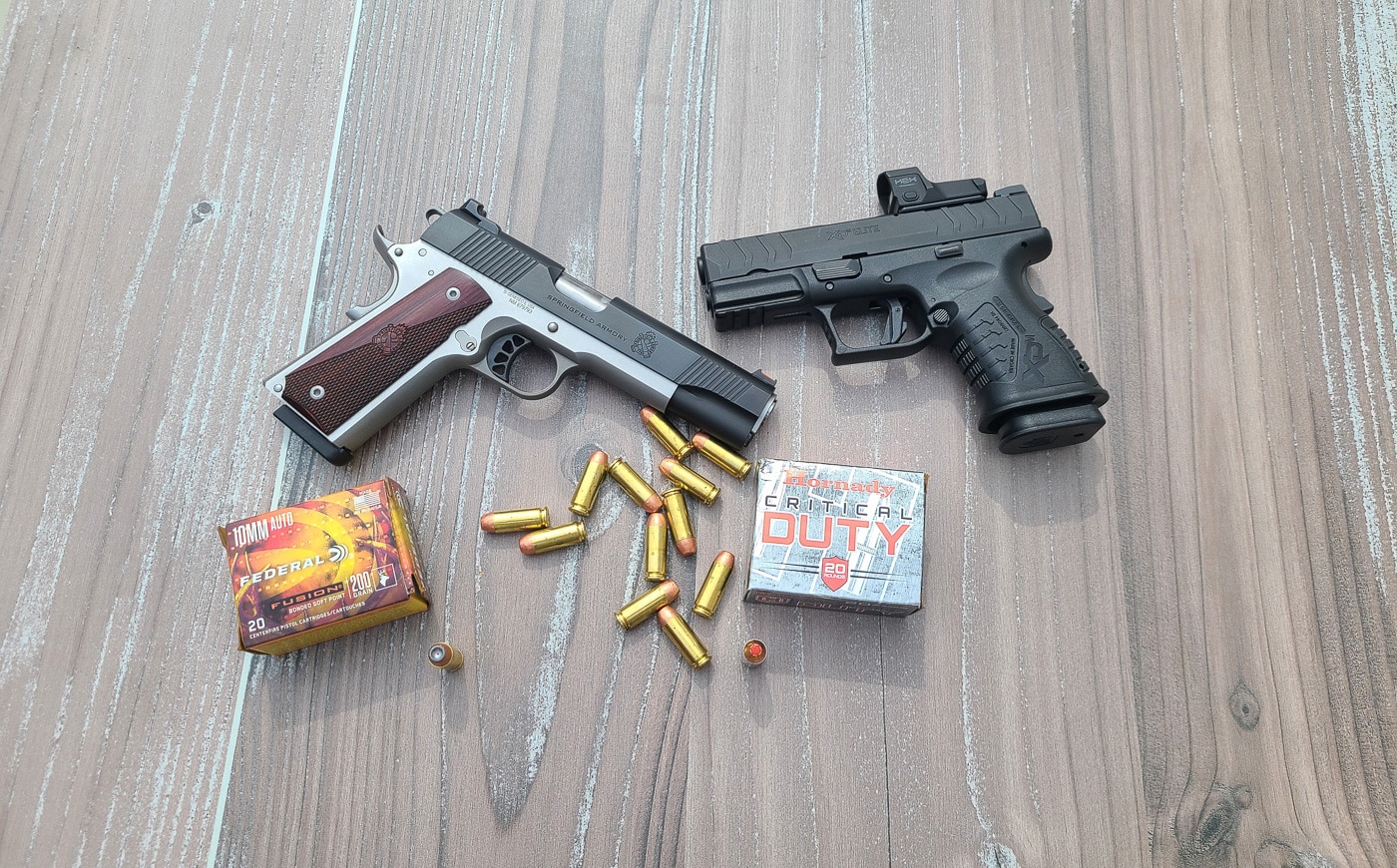
Both the 10mm and the .40 have proven themselves to be solid and effective over time. Currently, we are seeing an increase of 10mm handguns produced versus a decrease of .40 handguns. Is it true that many shooters are opting for the 10mm round over the .40?
The fact is, both the .40 and the 10mm share the same head-case diameter of 0.424” headspace off the case of the mouth. Therefore, they are similar in many ways yet vastly different in others. Before I get into that, let us first take a look back in history.
Catalyst for Debate: Miami Shootout
Back in 1986, two violent criminals engaged in an intense shootout with field agents in what has become known as the “Miami Shootout.” The FBI agents partially surrounded the criminals, and bullets began flying. The agents quickly learned that their firepower was outmatched by that of the criminals, who had long guns as well as handguns and had trained intensively for a fight like that.
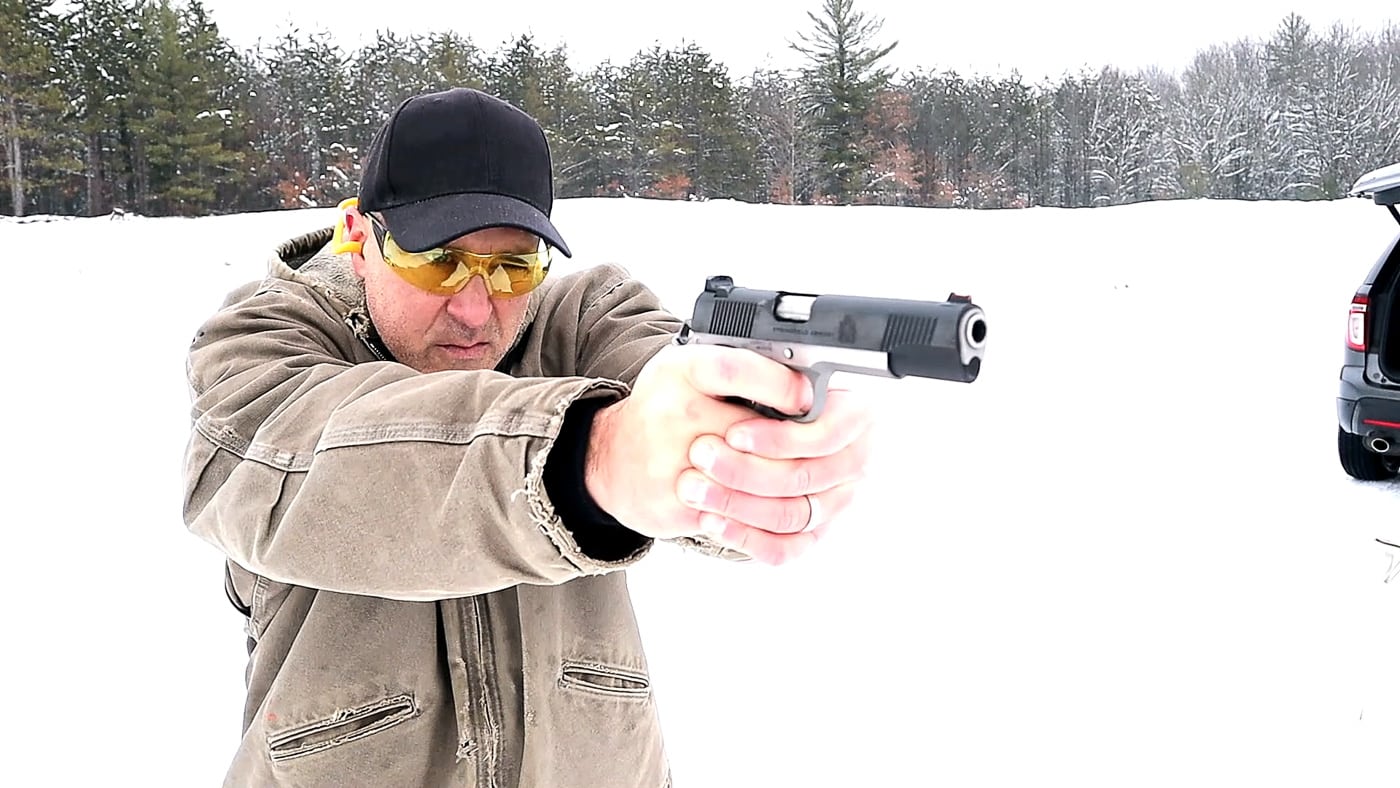
At that time, the agents were using .38 Special revolvers as their primary source of defense, as well as a 9mm pistol. The FBI agents were ultimately successful, but not without casualties. The two criminals were killed, but so were two agents, along with five injured. This event forced the FBI to rethink their defensive ammunition choice.
More Stopping Power
The Miami Shootout forced the FBI to investigate their choice of duty firearms. They eventually decided to adopt 10mm semi-auto pistols to prevent the Miami Shootout scenario from happening again. They believed that with more stopping power, increased capacity and the ease of reloading, the 10mm round would level the playing field with hardened criminals.
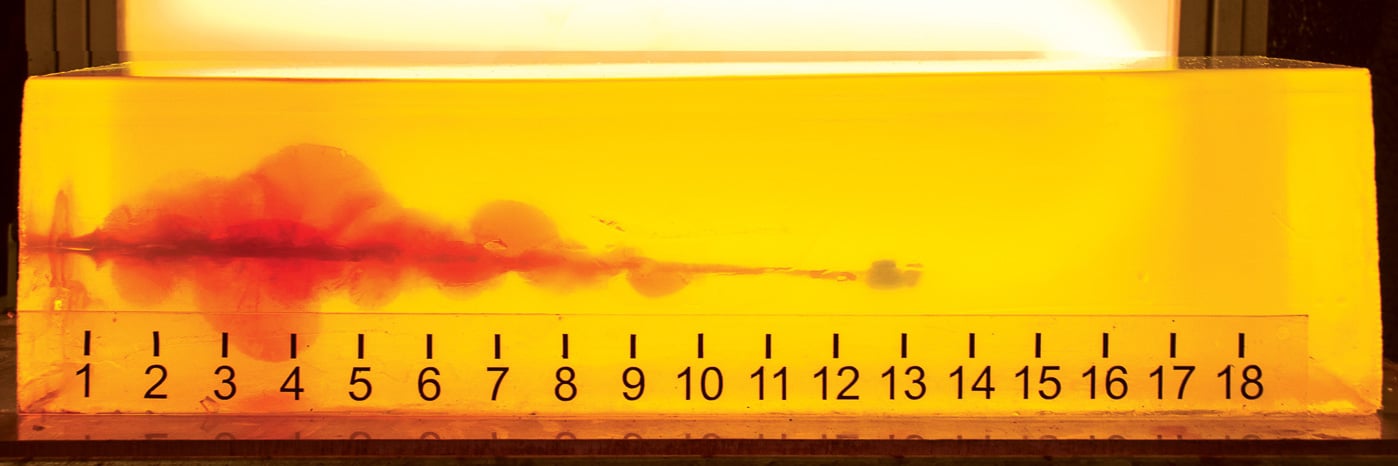
The adoption of the 10mm semi-auto pistols was supposedly cut short due to complaints of excessive recoil. The FBI requested a smaller round with similar bullet dimensions. The result was the .40 caliber round in 1990. They decided to shorten the round case and produce a 180-grain bullet that traveled around 1,000 feet per second.
.40 vs. 10mm: Similar, but Different
Having said all of that, let’s discuss the differences. The .40 uses a small pistol primer, and the 10mm uses a large pistol primer. Albeit different, it doesn’t change the effectiveness of either round.
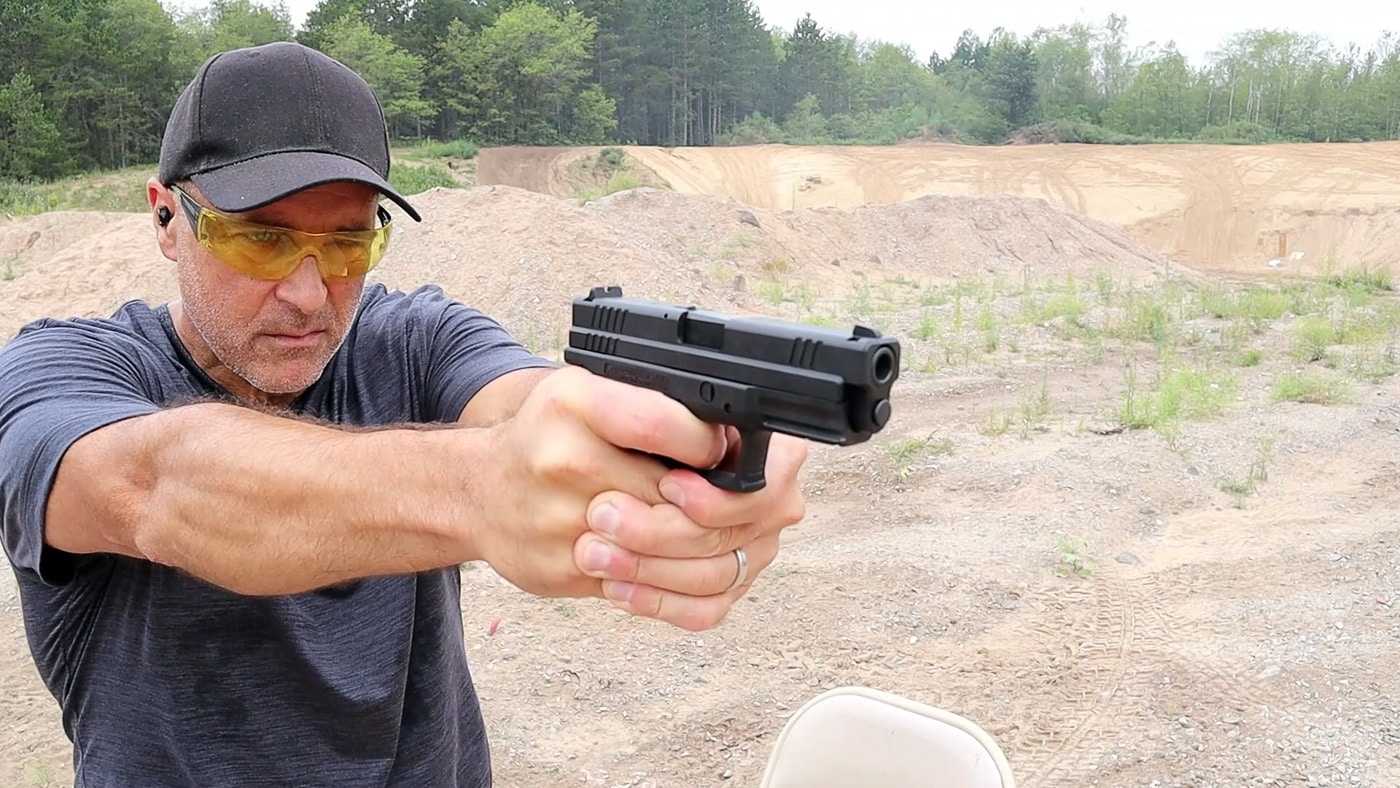
The 10mm has a longer case, and features higher velocities compared to the .40. On average, the 10mm will travel at 1,250 feet per second and deliver 624 foot pounds of muzzle energy. The .40 has a decreased velocity of 1,000 feet per second with 400 foot pounds of energy. When shooting, higher velocity and foot pounds of energy equates to increased recoil and reduced muzzle control. Basically, the .40 round is a scaled down 10mm.
What Are Our Options?
While the .40’s popularity might be waning, the 10mm is coming on strong. Springfield Armory’s line of pistols chambered in 10mm is growing, with both 1911s and XD-M Elite pistols. In the included video. I used the XD-M Elite 3.8” Compact OSP (Optical Sight Pistol) and the 1911 Ronin, both in 10mm. Even though the 10mm round delivers increased energy, both of these handguns handle the recoil incredibly well.
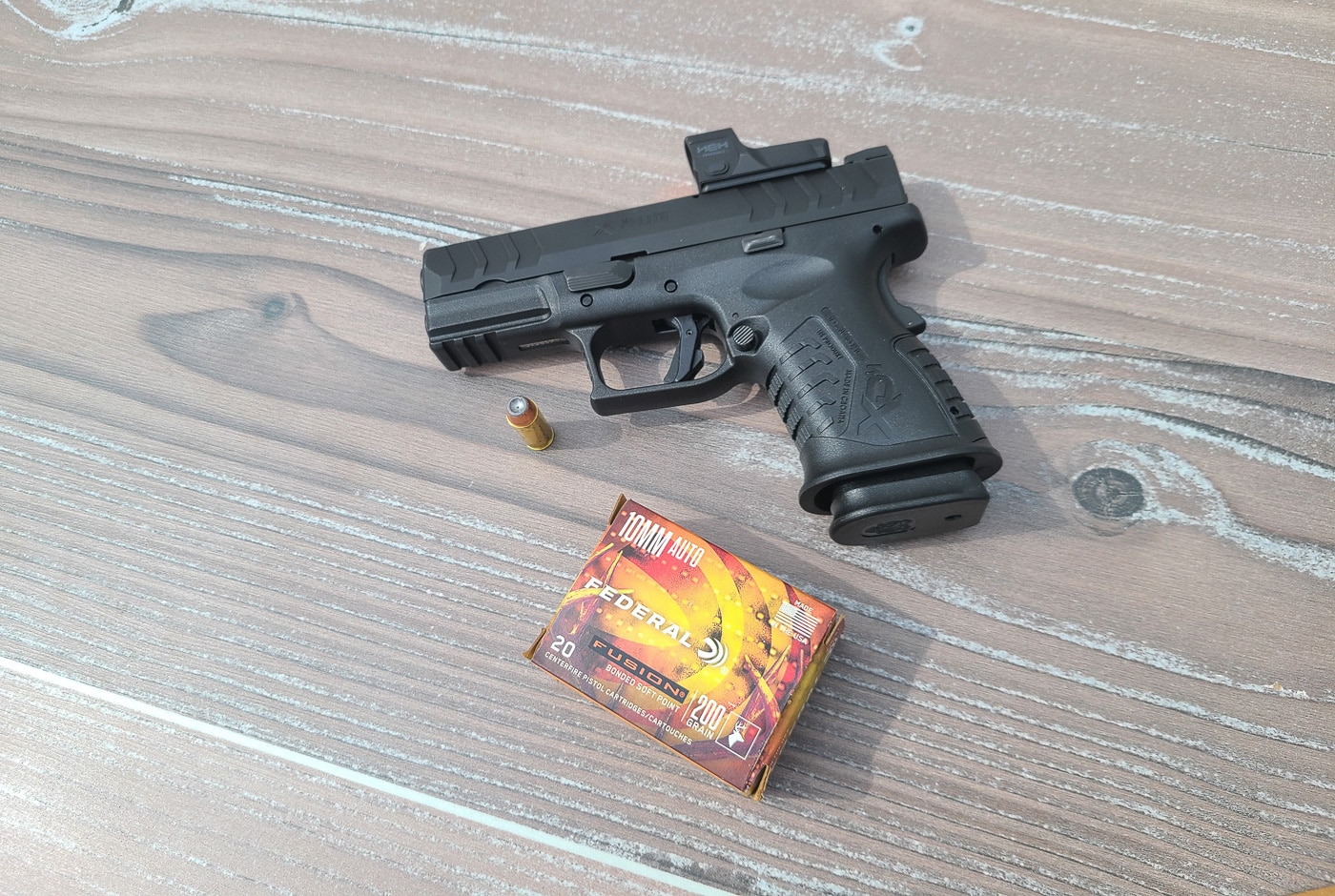
As for .40, I have the tried-and-true Springfield XD40 Service model pistol with a 4” barrel. The recoil was minimal, and there has never been a time when I felt the round was “snappy” with the XD40.
Both the .40 and 10mm are proven rounds that are suitable for self-defense. However, the more powerful 10mm could be used for hunting in some cases.
Either way, the fact is, the .40 has lost popularity as the 10mm has gained it in the past five years. The .40 was once viewed as the perfect “in-between” cartridge from the 9mm and .45 ACP. With the advancement of bullet design and performance with the 9mm and additional capacity, many shooters are choosing 9mm for self-defense and competition.
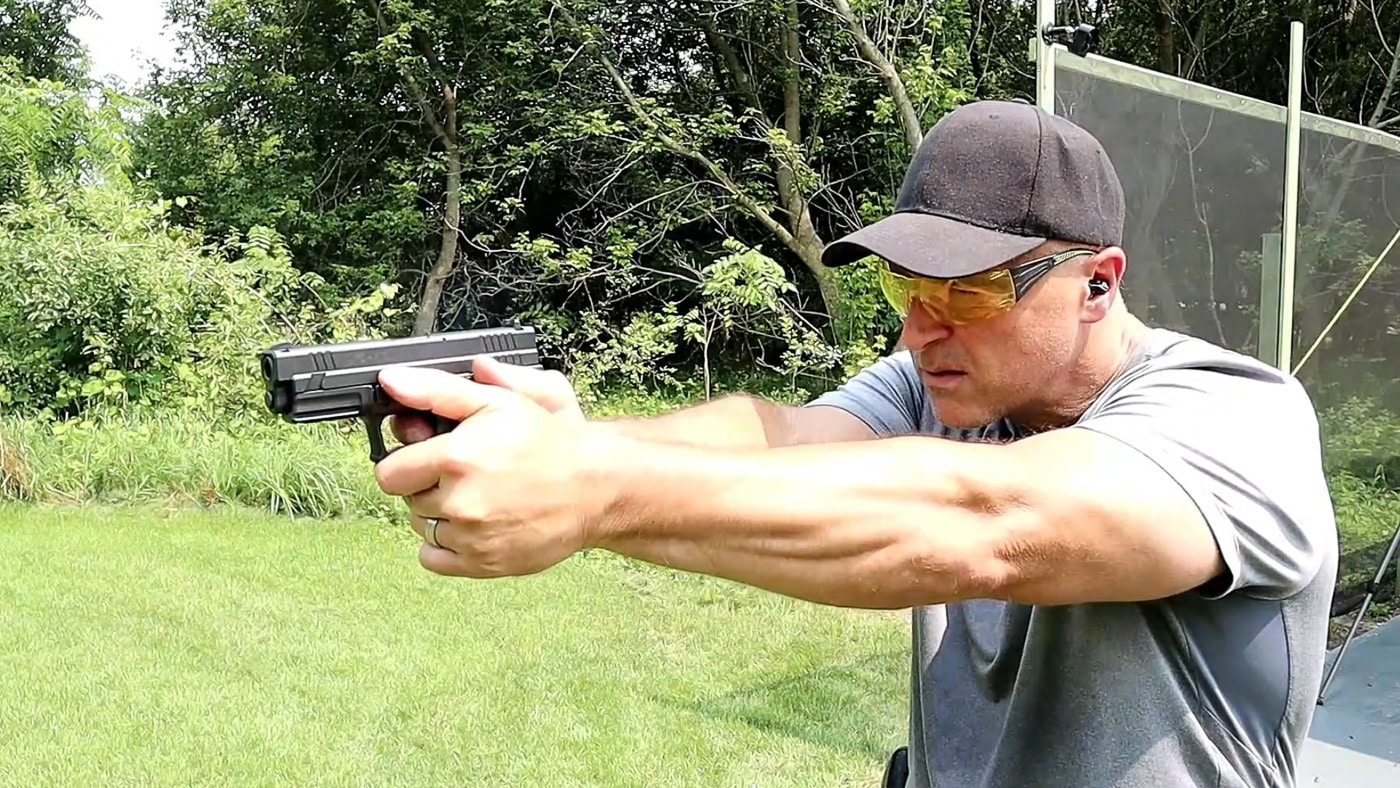
Some feel the 9mm has caught up to the stopping power of the .40, while adding more rounds in the magazine. I’ve heard shooters complain the .40 round is “snappy.” I have shot plenty of .40 in my life and find it to be a great round that is controllable. But, it’s hard to argue with the increased capacity of the 9mm.
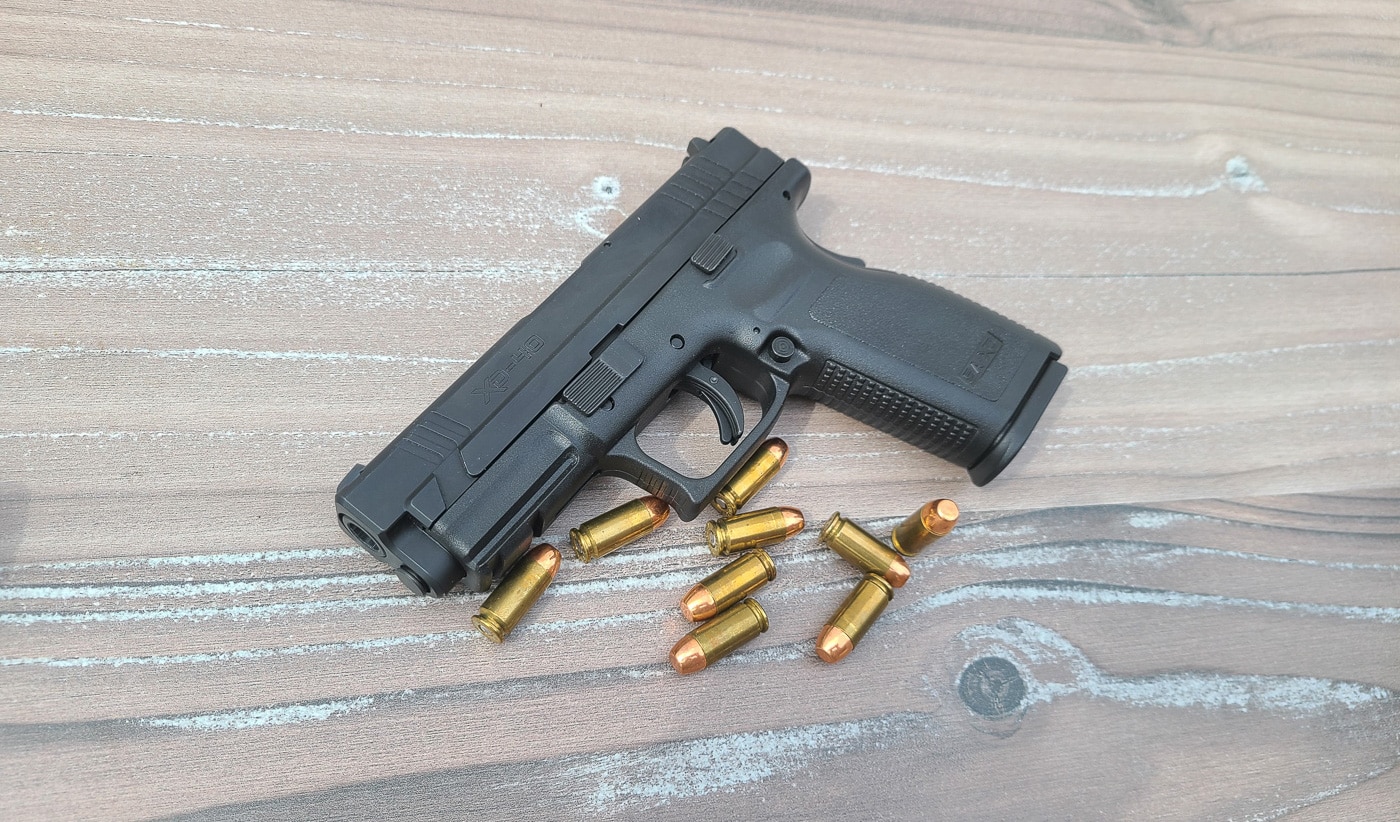
In fact, the FBI switched back to the 9mm round a few years back, side-stepping the whole 10mm versus .40 question.
The Bottom Line
Whether you remain a fan of the .40, prefer the additional velocity of 10mm, or have selected the 9mm for your defense, all three can serve you well. No matter where you stand on the 9mm vs. .40 vs. .45 debate, Springfield offers capable guns in all three chamberings. The firearms I featured here have performed flawlessly.
As for me, let’s just say, I am a fan of each. However, the 1911 Ronin and the XD-M Elite 3.8 Compact OSP chambered in the powerful 10mm have won over my heart. What will you choose?
Editor’s Note: Please be sure to check out The Armory Life Forum, where you can comment about our daily articles, as well as just talk guns and gear. Click the “Go To Forum Thread” link below to jump in and discuss this article and much more!
Join the Discussion
Featured in this video
Continue Reading
Did you enjoy this video?

 678
678




